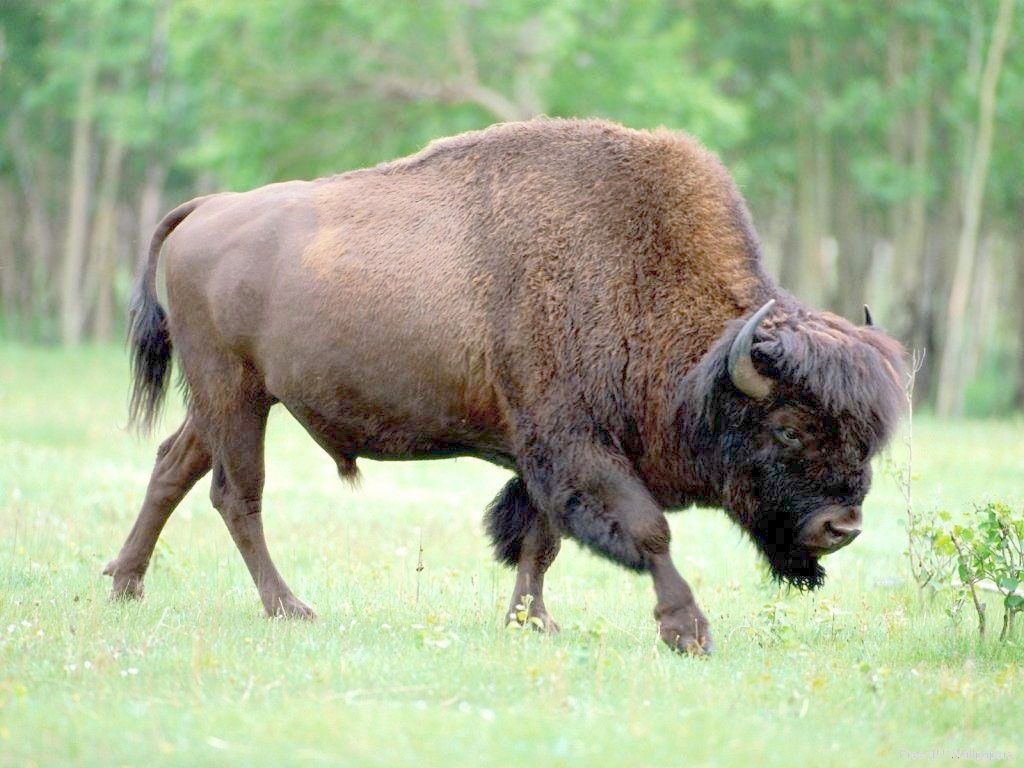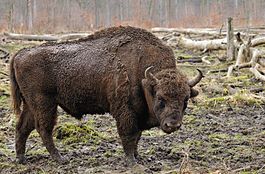Fauna of South Yakutia
Man is the greatest creation of nature. It came out of the animal world in the course of many years of evolution. Nature taught him to work, think, produce, see beauty, observe and comprehend the world. Man would not become man without nature. Nature is everything that surrounds us: living and nonliving. How much we love to say that man is the master of nature, we call ourselves “Homo sapiens.” And how often we forget that, first of all, man is a child of nature. Everything that surrounds us: forests, rivers, lakes is not only a habitat for birds, fish, animals, but also a human habitat. And birds, fish, animals, plants are our brothers, children of our one mother - nature. It's nice to admire the variety of colors: bright red, white, blue, light blue, yellow and purple. An unreasonable and sometimes barbaric attitude towards the natural world leads to the disappearance of many species of plants, animals, fish, birds, and insects from the face of the Earth. This loss is irreversible. How to stop this process? How to encourage people to take care of nature? What can we, schoolchildren, do to preserve the world around us, filled with the chirping of birds, the beauty of budding trees, fragrant with the aromas of herbs? Very often, the reason for a careless attitude towards nature is ignorance and ignorance of people. What species of plants and animals are on the verge of extinction, how to behave correctly in the habitats of birds and animals, what measures to take so as not to harm them - these questions concern every caring person. That is why every resident of our village can play a big role in protecting animals and plants, treating their native nature with care and actively protecting it. Nature will definitely respond with gratitude.
Nature hides many mysteries, it is an unread book of wisdom, and only the most attentive reader, researcher, observer will be able to see and comprehend its secrets.
In total, more than 250 species of terrestrial vertebrates live in the South Yakut taiga. Of mammals - 50 species. There are more than 200 species of birds, 50 of which are taiga. Typical predatory inhabitants of Southern Yakutia are: brown bear, timber wolf, lynx, fox; from ungulates: elk, wapiti, forest reindeer, roe deer, musk deer; from mustelids: wolverine, sable, ermine, weasel, weasel; The most common birds are pine forests: partridge, hazel grouse, wood grouse, black grouse, as well as black crow and raven. The mountains are inhabited by the black-capped marmot, pika haymaker, bighorn sheep - "chubuku", musk deer, golden eagle, and peregrine falcon. Typical steppe animals are the long-tailed ground squirrel, the black kite, and the skylark. Of all the diversity of the animal world of the taiga, it is difficult to single out purely taiga species, because Most animals and many birds are inhabitants of forests of all types and belong to the fauna of the forest zone in general - elk, bear, wild deer, wapiti, flying squirrel, chipmunk. Some taiga animals are found in other zones - wolf, fox, wolverine, muskrat, white hare. Only sable and some birds - woodpeckers, crossbills, and tits - can be classified as indigenous animals. Numerous rivers and lakes are full of fish: omul, broad whitefish, muksun, nelma, sturgeon, taimen, crucian carp - this is only a small part of the “living silver” of Yakutia. Yakut fish has a high taste.
Abnormal climatic phenomena force animals and birds to change their way of life and habitats: “Deer are leaving the Neryungri taiga. According to the head of the city Nature Conservation Committee, Alexander Baryshnikov, this is due to sharp warming in November. The frosts that struck after this turned the snow in the taiga into a hard crust, into which deer cut their legs. So animals prefer to go for the winter to places with more familiar temperature conditions. Following the deer, wolves also left the Neryungri taiga. In addition, the number of wood grouse and hazel grouse has decreased significantly here. The reason is the same: the birds cannot break through the crust and suffocate under it after spending the night or freeze at night, unable to hide in the snow. The November warming in Southern Yakutia sharply hit the numbers of all birds. So, for example, when at the end of the calendar autumn it rained for two days in the Ungrinsky reserve, after which a 30-degree frost immediately hit, up to 90 percent of the small birds died here.”



No comments here yet.